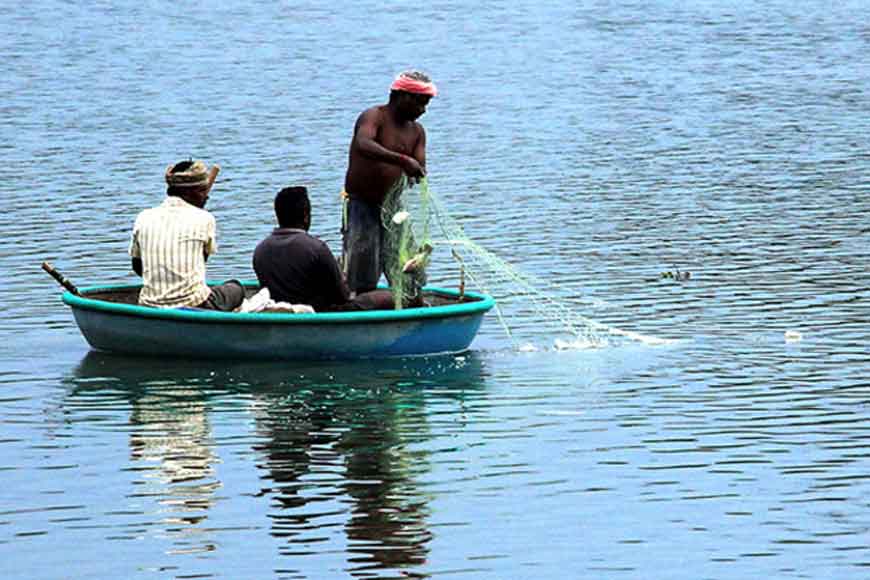Bengal introduces ‘Moyna Model’ of pisciculture

Mention Bengali food to anyone in India, and the first image it evokes is that of fish and rice.Fresh sweet water fish is one of its most distinctive features; Bengal’s rivers, ponds and lakes contain varieties of fish such as rohu, ilish, koi or pabda. Prawns, shrimp and crabs also abound. Almost every village in Bengal has ponds used for pisciculture, and at least one meal a day is certain to have a fish course.
Bengal consumes close to 19 lakh tonnes of fish annually. Despite being among the top coastal states in fish production, the statehas to depend heavily for supplies from Odisha, Andhra Pradesh, Madhya Pradesh and Tamil Nadu. In Kolkata, 70-75 truckloads of rohu and katla are imported daily from Andhra Pradesh, Tamil Nadu and Odisha. However, whenever there is a break in the supply chain owing to political upheavals like demonstrations or road blocks or strikes andnatural disasters like cyclones, the state’s fish market goes into a tizzy.
A recent development in the state’s pisciculture might soon change the entire scenario. If everything goes according to plan, local fishermen will soon be able to fulfil the state’s requirement by following the Moyna Model of pisciculture. The fisheries department will soon launch this model on a wide scale. The target has been set to produce approximately 8 to 10 metric tons of large rohu and katlafish in each hectare area. The state government will provide all necessary technical know-how and financial aid to the fishermen to introduce fish farming scientifically.
But what is this ‘Moyna Model?’ According to Chandranath Singha, Minister for Fisheries, the model has been named after a small village in East Midnapore district. Moyna is a renowned pisciculture centre, where fresh water is available for most of the year. The state government encouraged the fishermen of Moynato utilize these natural resources and introduce scientific methods of farming. Within a short time, the result was spectacular!
Although West Bengal is one of the major producers of juveniles and fingerlings, large fish is not produced or harvested here. However, the fishermen of Moyna went against the tide and proved that it is possible to produce large-sized fish in the state. At present, they are harvesting approximately six metric tons of large fish per hectare. The fisheries department now plans to bring other centres within its purview and introduce the Moyna model. However, large fish cultivation requires large water-bodies, but most fish farmers have small ponds at their disposal. The fisheries department plans to bring small farmers under one umbrella organisation or cooperative and help them set up large tanks for fish farming. The state government will help the farmers financially to set up the infrastructure.
Once the Moyna model takes off on a large scale, scarcity of fish will be over in no time and West Bengal will not have to be heavily dependent on supply from other states, feels Singha. Provisions will be made to retain fresh water flow in the tanks earmarked for pisciculture. Canals will be dug to connect tanks with Rupnarayan and Kansabati rivers for uninterrupted flow of sweet water round the year. Once this is done and production starts in full force, it is possible to harvest approximately 60 to 70 thousand metric ton fish from this area alone. This will satiate the state’s requirement and will also diminish dependence on our neighbours for our fish requirements.









